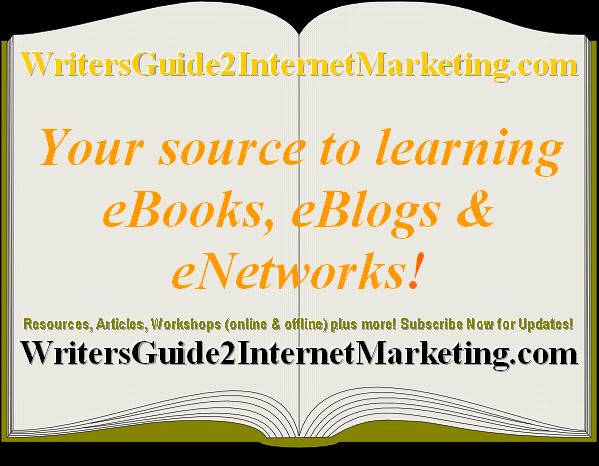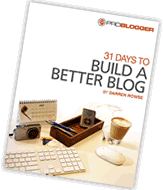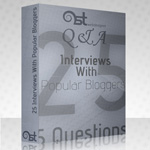 Give Your Website the Power of StoryWe all know the power of story. Whether you write fiction or nonfiction, it's the key to communicating at such a deep level that your reader experiences what you say. Story permeates our existence -- from daily conversation to the narrative we shape about our own progress through life to marketing, entertainment and persuasion. There's no reason to leave that powerful weapon sheathed when you create your website. In this week's lesson I explore six elements of your writer's website that can carry your powerful story. If you find this information useful, please feel free to forward it to a friend. If you've received it from a friend, you can to get your own free subscription. You will start at the beginning and get the entire series, no matter when you begin. If you haven't signed up for Google+, you can go to this address: If you don't already have a Google+ account, it will walk you through the process. I've created a circled for our conversations and will post discussion topics. Add your thoughts in the comments. That's enough of the housekeeping, let's get on with the topic: 1. Title and Tagline2. Target AudienceYour ideal reader -- or target audience -- for your writer's website is the protagonist of the drama. Everything about the site is the reader's story of trial and triumph. The more specifically you define your target audience, the more your ideal reader will feel a part of the story. 3. Images, Color, TypeImages, color and type serve as the setting and tone of of your writer's website. They convey mood, texture and atmosphere. They also help define your target audience, giving nonverbal hints to visitors whether this is "their" site or not. 4. Your About PageThe tricky thing about the "About Me" page is that it isn't really about you at all. Well, it is about you, but only in the context of the protagonist's story. Your role in the story is to be the mentor or guide, and your About page is backstory to that role. 5. BlogYour blog posts are mostly about the road of trials and the collection of allies in the hero's journey or the leadup to the midpoint of the screenplay. But a blog post can fall anywhere in the hero's journey, and so you may want to use content landing pages to give order and structure to your blog posts. 6. Your Book PageThe book page is where your reader's journey comes to fruition. You show the reader how life will be transformed as a result of your book and then provide an immediate opportunity to buy it. A good sale page actually replicates the whole hero's journey, but from the standpoint of your writer's website, it is the culmination of the story. Your Writer's Website as StoryBuilding a writer's website with dramatic structure can give direction and purpose to all the features of your site. It doesn't have to be foolishly dramatic, but for a lot of us, the challenge is not with being overly dramatic but with being dramatic enough. ACTION STEP:What is the transformative power of your book? How does your book change your reader's life? As you design your site, keep that end in mind. Let every element point toward the process and that desired outcome. Your reader will gain a clear idea of what you offer and will be able to make a clear decision whether to buy it. Sometimes we get too close to our own work to make these basic marketing decisions. Contact me if you'd like some help in developing a marketing plan for your writer's website. 3326 Senecal Creek Dr., Woodburn, OR 97071, USA |
Quote request
5 weeks ago
























No comments:
Post a Comment